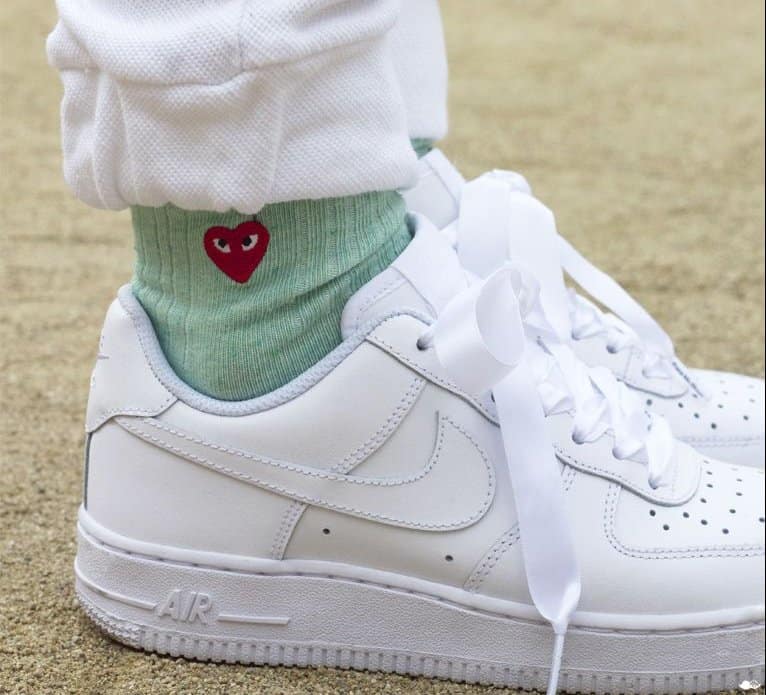





Last Updated on April 14, 2024 by Ch David
You are in the right place if you wish to know how to spot the fake vs real Nike Air Force 1. This is Nike‘s most popular shoe, so knowing how to tell a fake is important.
Аутентифицируйте любую цветовую гамму Air Force 1 с помощью этого руководства.
You can know if your Air Force 1 is original by looking at the size tag’s text (the label inside the shoes). A real pair has perfectly detailed inscriptions.
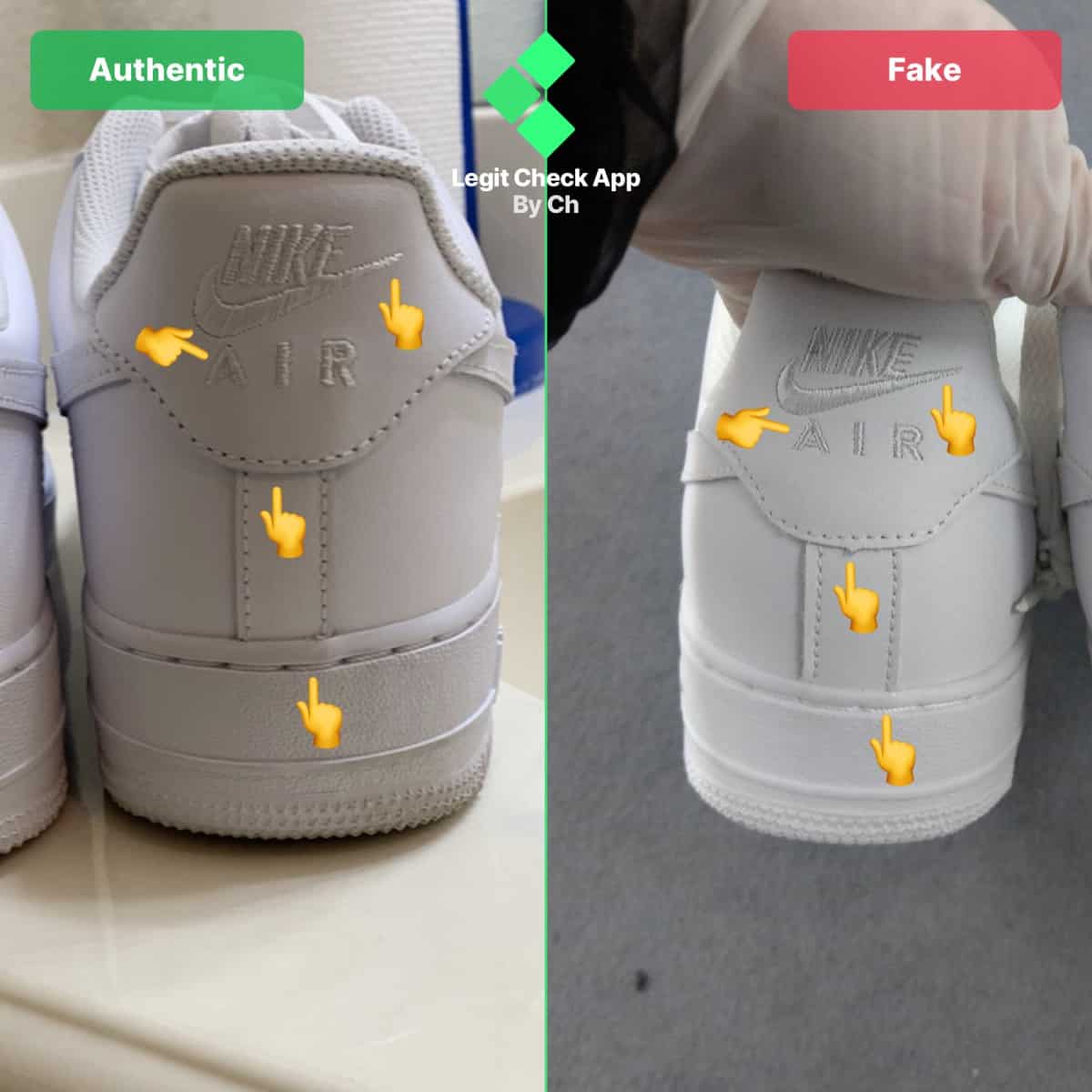
Мнение эксперта - Позвольте нам проверить ваши кроссовки Nike:
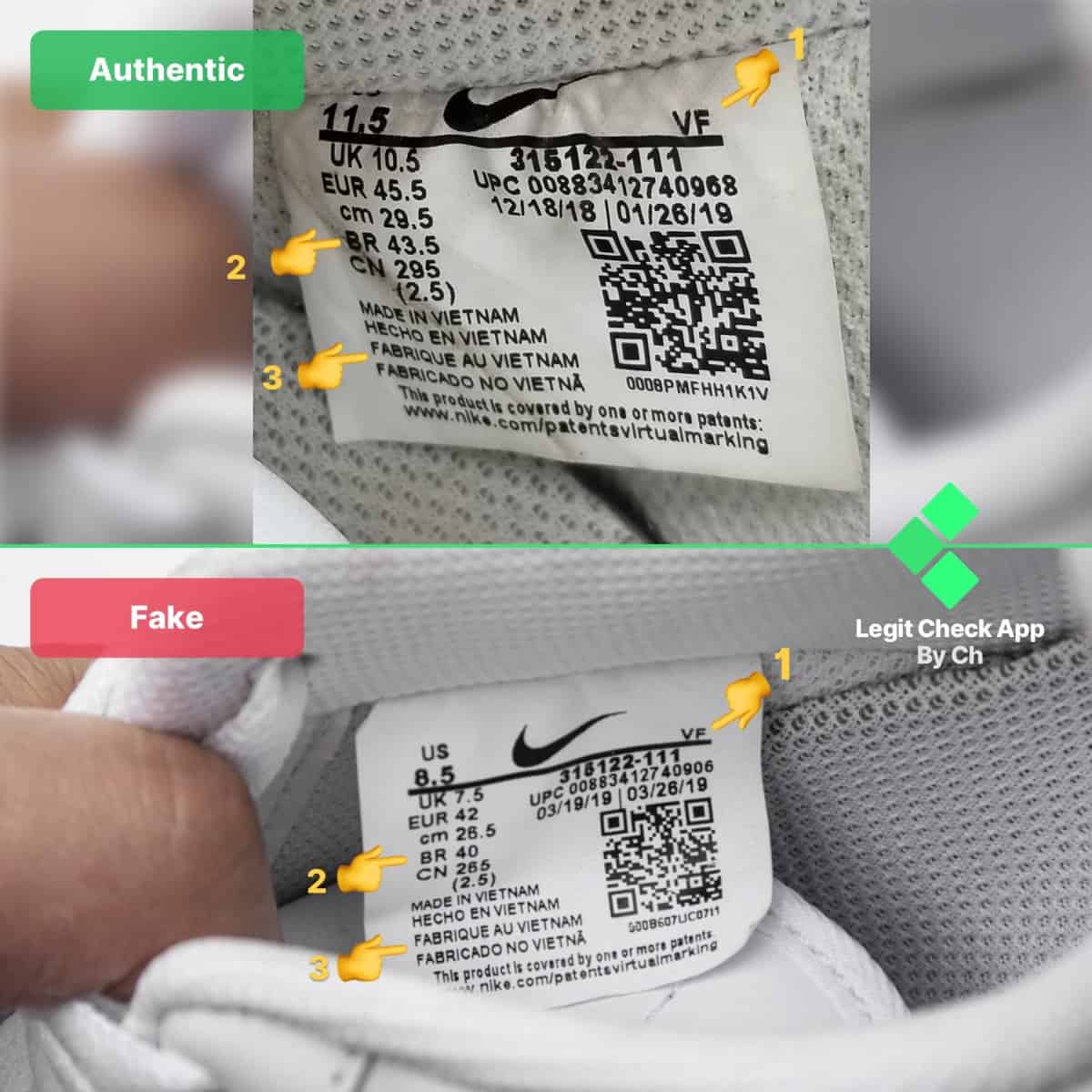
Ознакомьтесь с другими руководствами по проверке Nike: Air Max 97, Air Max 90.

Краткая справка:
Если вы сомневаетесь, мы рекомендуем перепроверить шаги, которые мы описали выше в этой строке.

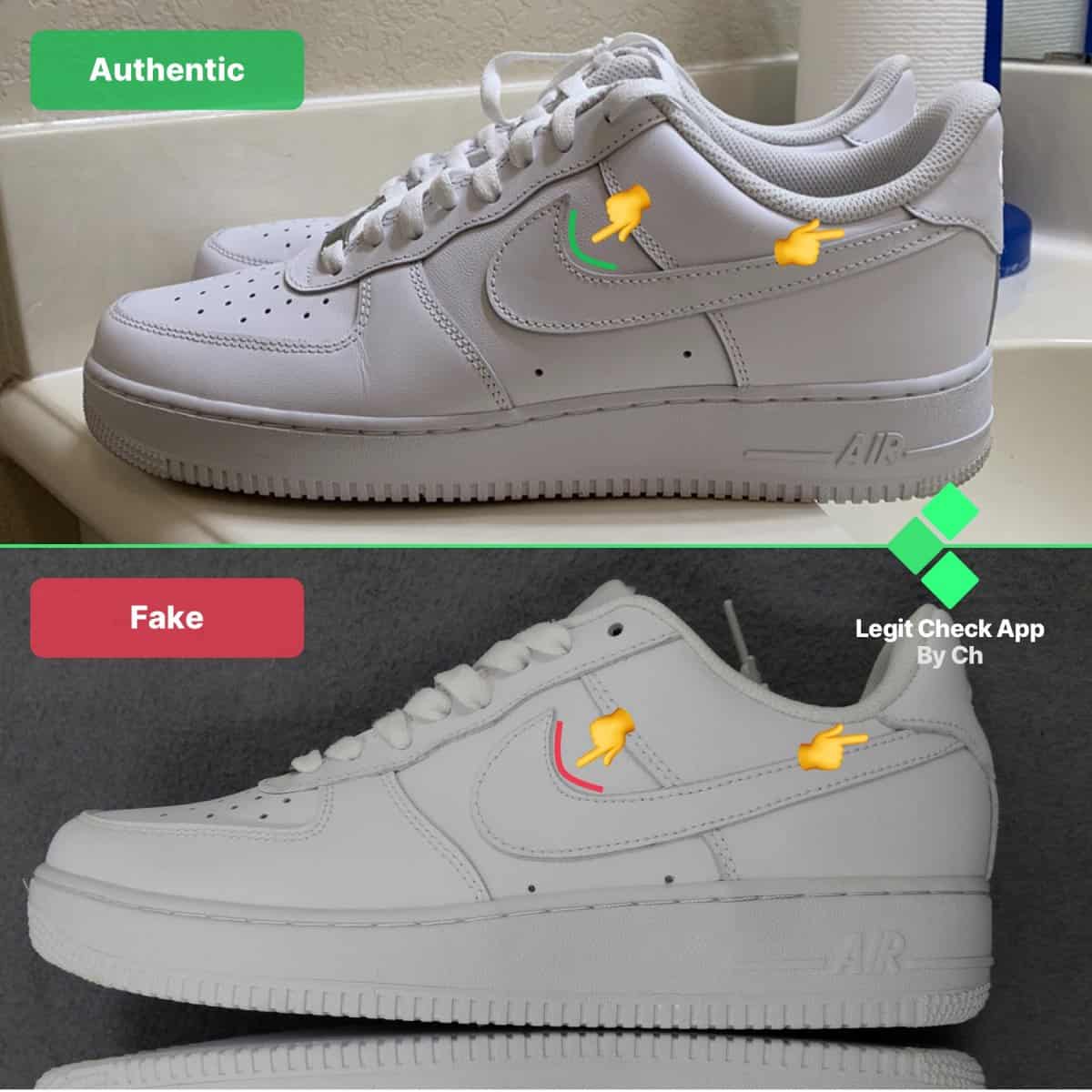
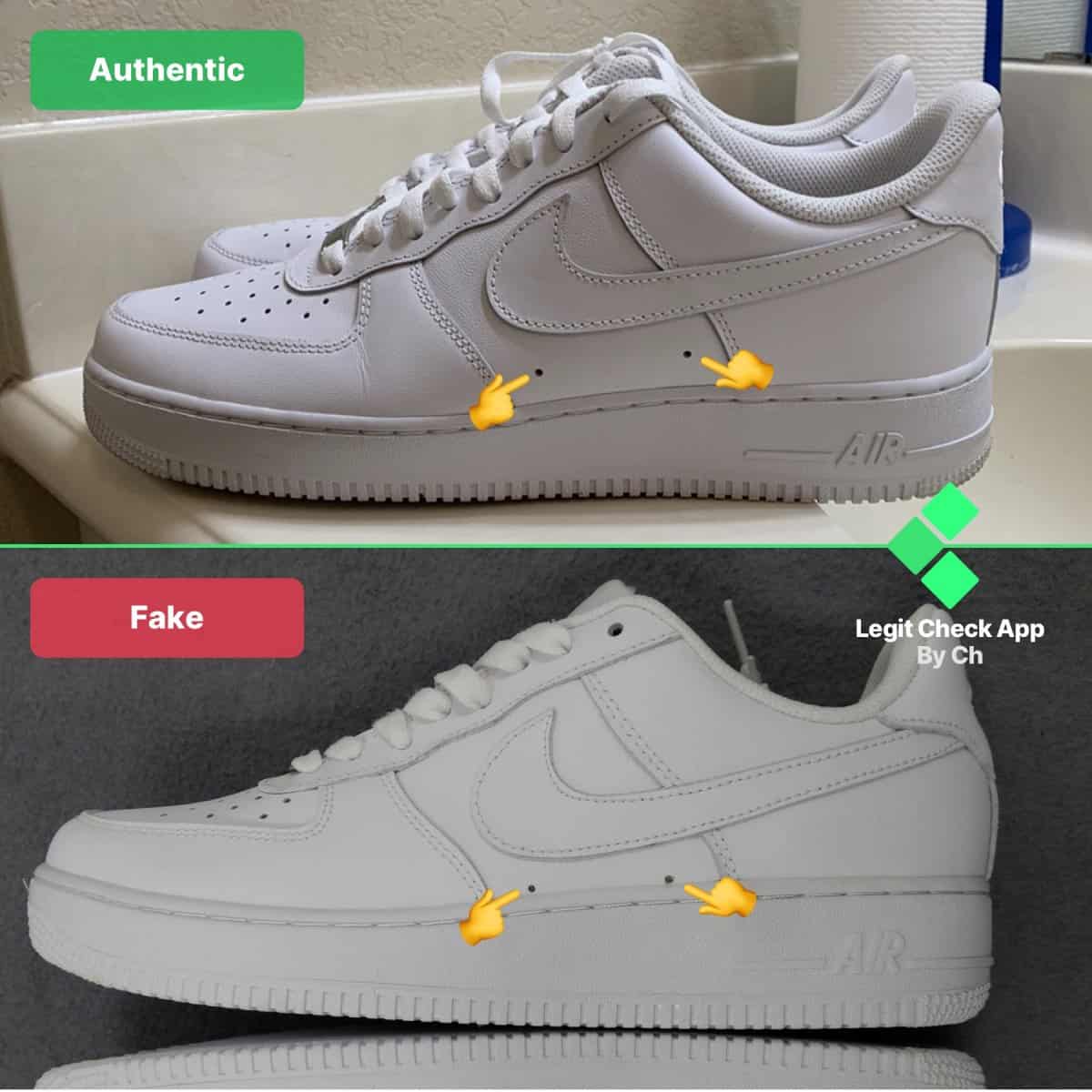
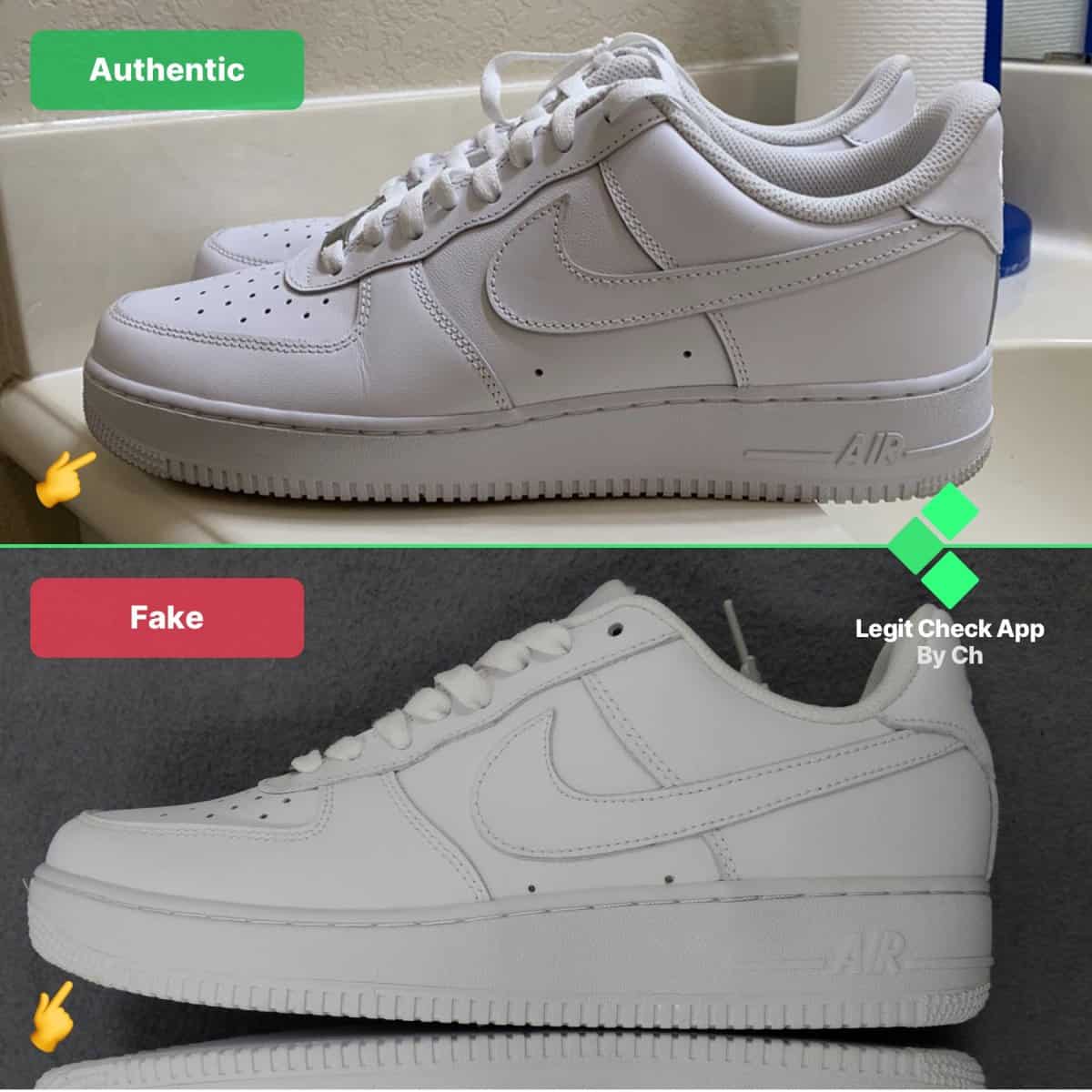
Если вы не уверены, что у вас поддельные кроссовки Nike, мы здесь, чтобы помочь вам определиться.
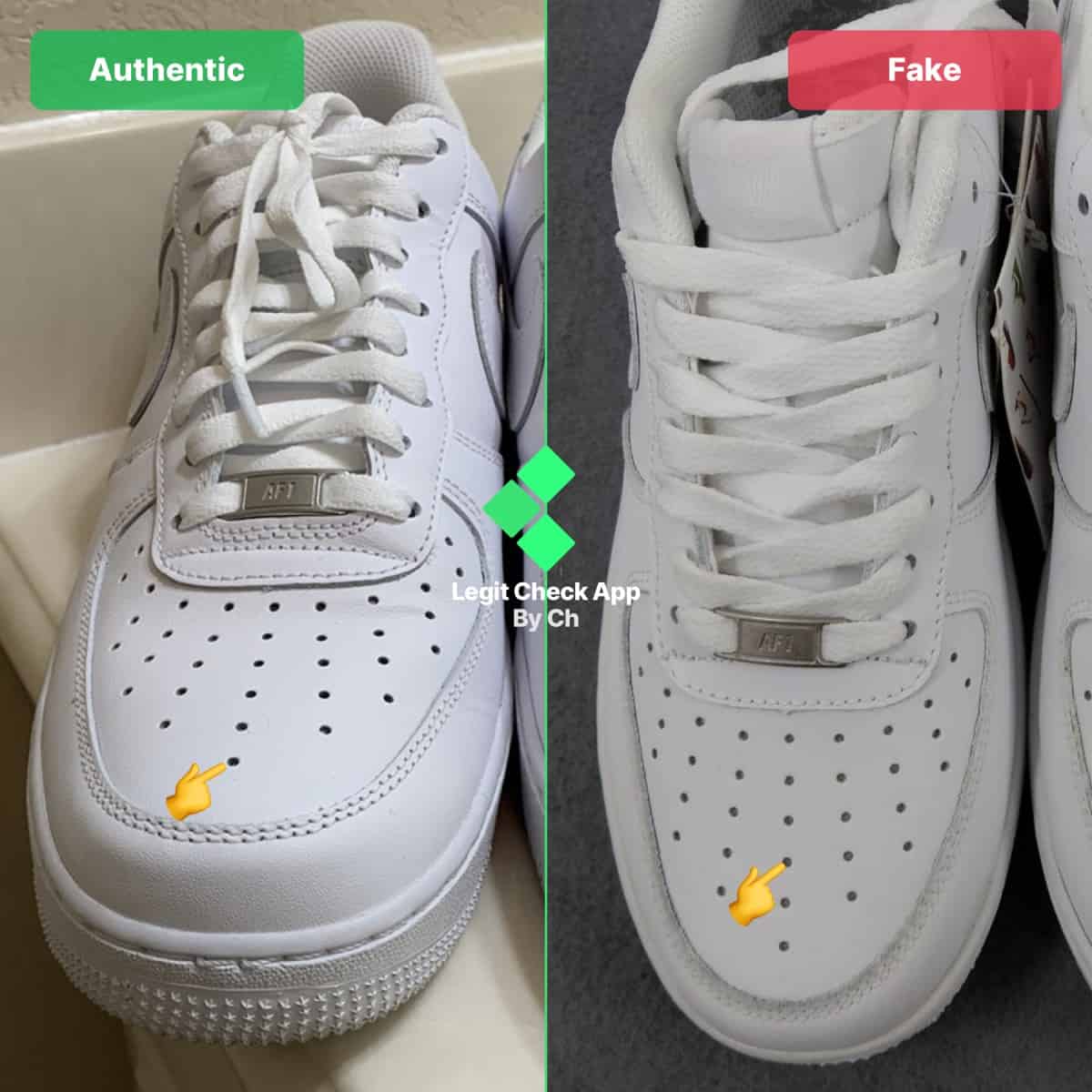
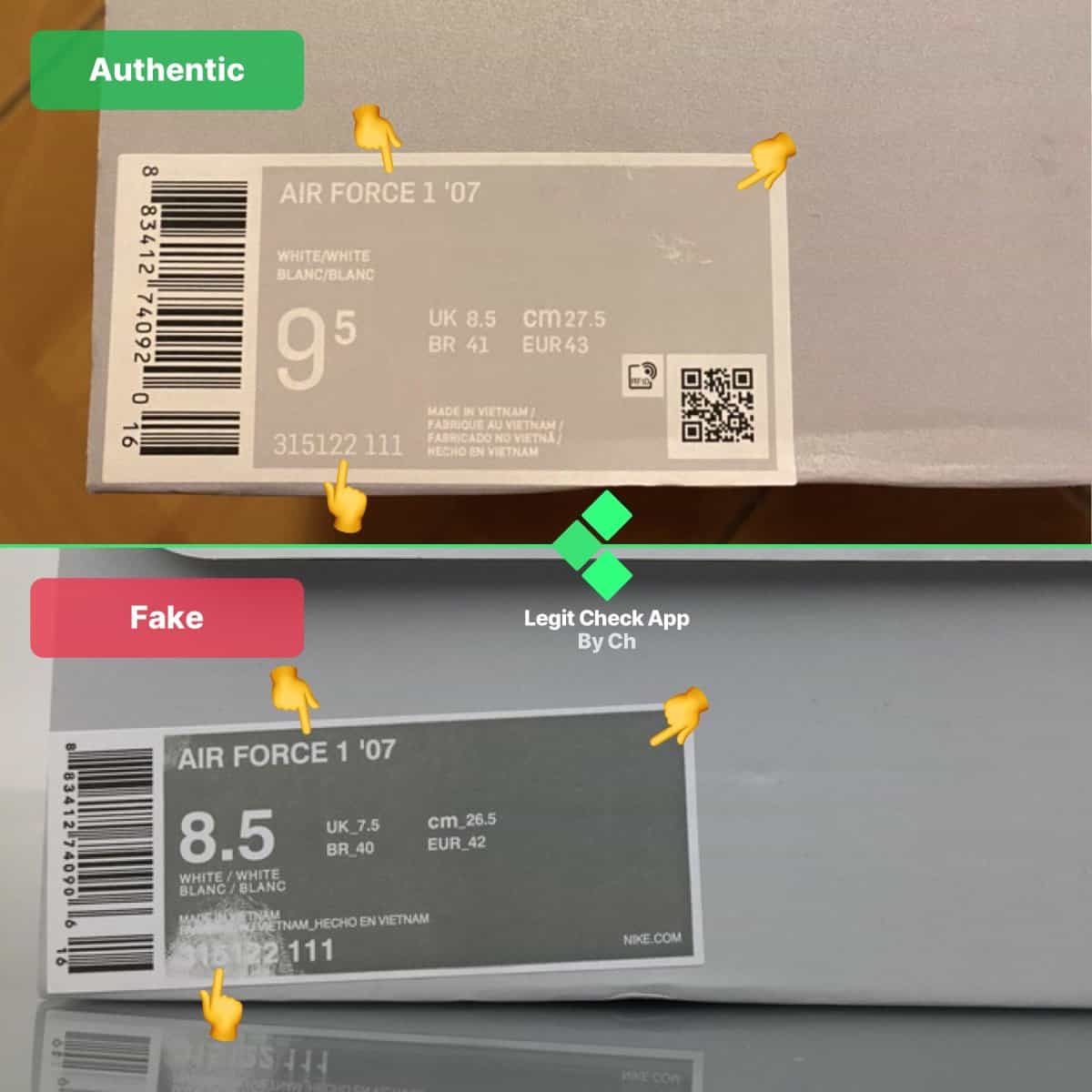
Лучше всего использовать этот список, когда у вас недостаточно времени, чтобы просмотреть 7 способов законной проверки Air Force 1.
Nike Air Force 1s — культовая пара кроссовок, созданная компанией Nike в 1982 году. Они были первыми баскетбольными кроссовками Nike, в которых использовалась технология Nike Air, и предшествовали популярным кроссовкам Nike AirMax.
Эта обувь обожается перекупщиками и коллекционерами и стала иконой для сообщества «Sneakerhead» из-за вездесущего характера обуви. С огромным ассортиментом вариаций Air Force 1 от Nike, их стоимость при перепродаже может варьироваться от 100 до 10 000 долларов.
Оригинальная обувь не так ценна, как другие продукты Nike, из-за огромного объема, произведенного на протяжении всего ее первоначального тиража. Тем не менее, дорогие варианты, такие как Playstation Air Force 1 Lows, могут стоить более 20 000 долларов.
Даже если вы покупаете более дешевую коллекционную обувь, вы все равно хотите убедиться, что то, что вы покупаете, является законным. В конце концов, никто не любит, когда его обворовывают, а поддельные Air Force 1 не будут такими же качественными и долговечными, как настоящие.
Да, легко законно проверить Air Force 1. Начните с бирки размера и деталей на задней части обуви, так как подделки никогда не детализируют их правильно.
Подделка кроссовок выходит из-под контроля. Мало того, что поддельные Air Force 1 наводняют рынок, их становится все труднее обнаружить.
Особенно это касается линейки Air Force, так как существует несколько итераций кроссовок. Вот почему так важно убедиться, что у вас есть знания, чтобы знать, настоящие ли ваши кроссовки или нет, или, по крайней мере, иметь доступ к профессиональной службе аутентификации, которая может сделать все это за вас, такой как Legit Check.
В LegitCheck мы хотим помочь вам убедиться, что каждый продукт, который вы покупаете, является реальным. Современные мошенничества и подделки делают покупку товаров в Интернете довольно рискованной.
Наш сервис помогает избавиться от этого беспокойства. Мы предлагаем быструю и экспертную услугу аутентификации, с помощью которой вы можете убедиться в подлинности ваших коллекционных товаров. Мы даже можем выдать сертификат подлинности с защитой от подделки или предоставить доказательство неподлинности, если вы хотите бороться за возврат средств.
В любом случае, очень важно убедиться, что вы получаете LegitCheck Air Force 1s, как только вы их получите. Если вы слишком поздно поймете, что у вас поддельные кроссовки, вам может быть трудно получить возмещение от продавца или продавца, от которого вы привезли.
Если вы беспокоитесь о покупке поддельных товаров или не хотите проверять их подлинность, покупка у Nike или у надежного реселлера — отличный способ убедиться, что товары, которые вы получаете, настоящие.
Вы по-прежнему должны законно проверять каждую пару кроссовок, которые вы покупаете, даже у проверенных продавцов.
Подделки все еще могут остаться незамеченными, поэтому всегда лучше убедиться в этом.
Наша профессиональная команда по проверке законности Air Force 1 будет рада помочь вам:
Мы стремимся помочь вам понять, почему у вас есть оригинальные или поддельные Air Force 1.
На данный момент это с руководством по проверке Nike Air Force 1.
Хотите узнать наше мнение о подлинности вашего товара? Это услуга, которую мы предоставляем.
Получите подробный отчет о том, почему у вас настоящий или поддельный товар. Занимает менее 48 часов!
Кроме того, вы можете воспользоваться нашими бесплатными ресурсами: письменными руководствами и видеоуроками.
Спасибо, что прочитали это,
Чемпион Даниил и чемпион Давид






